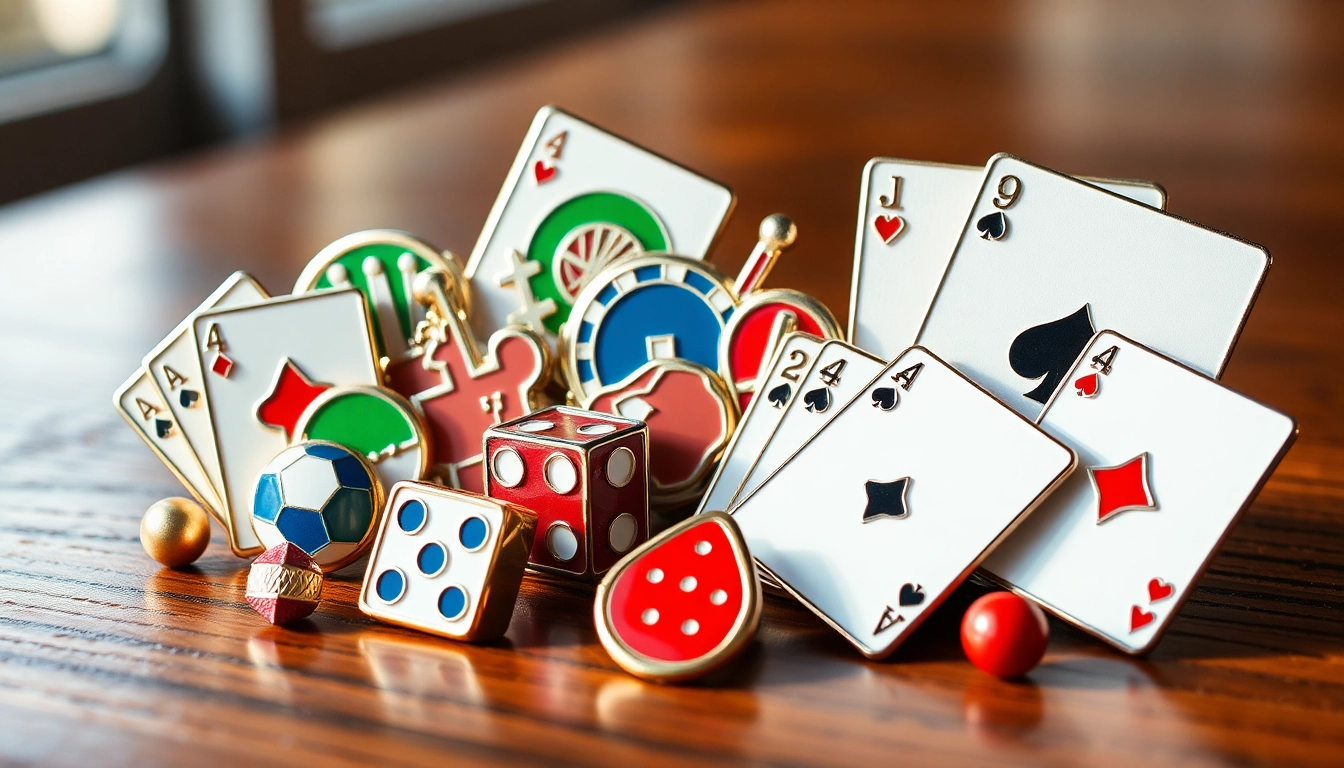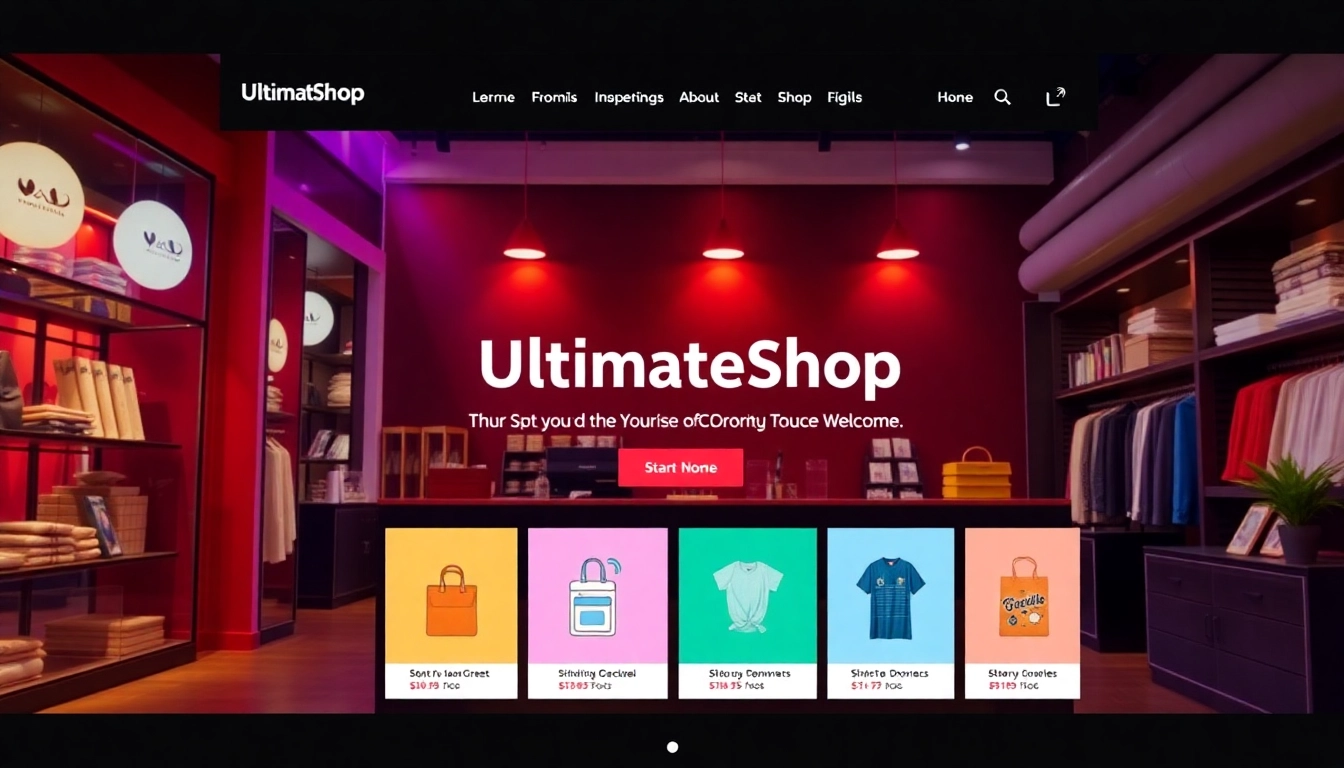Understanding Custom Pins
What are Custom Pins?
Custom pins are personalized lapel pins designed to represent a unique message, logo, or idea, making them popular for a variety of events and purposes. Often created for organizations, clubs, or personal use, these pins serve as a tangible expression of identity or achievement. The versatility of custom pins allows them to be crafted from various materials like metal and enamel, with options for custom artwork and designs. You can explore a range of styles and designs for custom pins that can be tailored specifically to your needs.
History and Evolution of Custom Pins
The history of custom pins dates back several centuries, when they were primarily used as insignias for military and uniforms. As time progressed, they transformed into a popular medium for self-expression and branding. In modern times, custom pins have evolved into trendy collectible items, serving various purposes from promotional materials to personal keepsakes.
Initially, these pins were made using traditional metalworking techniques, requiring significant investment and time. However, advancements in technology have allowed for more diverse production methods, enabling quicker production, intricate designs, and lower costs. Custom pins have thus become accessible to a wider audience, fostering their popularity in events like conferences, charity fundraisers, and personal celebrations.
Importance of Custom Pins in Events
Custom pins play a crucial role in events, serving as branding tools, networking facilitators, and collectibles. They enhance visibility by showcasing logos and messages, enabling organizations to promote their brand identity effectively. At conferences and corporate events, custom pins foster connections among attendees, as participants can exchange pins, symbolizing camaraderie and shared interests.
These pins also serve as mementos, allowing attendees to take home a physical reminder of the experience. In charity events, custom pins can also symbolize support or solidarity with a cause, encouraging donations and fostering community spirit. Therefore, the significance of custom pins extends beyond mere decoration—they are powerful instruments for creating connections and lasting impressions.
Types of Custom Pins
Enamel Custom Pins Explained
Enamel custom pins are characterized by their vibrant colors and glossy finishes. They are created by filling the recessed areas of a metal pin with colored enamel and then heating it to create a smooth surface. This process allows for complex designs with impressive detail and durability. Enamel pins can be categorized into two main types: soft enamel and hard enamel.
Soft vs. Hard Custom Pins
Soft enamel pins have a slightly raised metal border with colors placed in the recessed areas, resulting in a distinctive texture. They tend to be less expensive and are popular for intricate designs, as they allow for fine lines and details.
On the other hand, hard enamel pins are polished to a smooth finish, making them feel uniform and premium. The enamel colors are leveled with the metal surface, providing a more refined look. Both types serve distinct aesthetic preferences and usage scenarios, leaving the choice to the design needs and budget of the buyer.
Unique Materials for Custom Pins
Beyond standard metal and enamel, custom pins can be created from a variety of materials that cater to different tastes and event themes. Options include wood, acrylic, and even recycled materials, which provide an eco-friendly alternative. Wooden pins may offer a rustic charm, while acrylic pins can be produced in vivid colors and intricate designs. Each material brings its unique style and can be selected based on the intended message and target audience.
Designing Your Custom Pins
Key Elements of Custom Pin Design
Designing custom pins requires attention to several key elements. First, clarity and simplicity are critical—while it’s tempting to add numerous details, a clean design often stands out better. Color choice is equally important; colors should align with the branding and resonate with the target audience.
Next, incorporating typography effectively can enhance the message. It’s essential to choose typefaces that are legible even at small sizes. Finally, considering pin size and shape can also impact how the design is received—certain shapes may highlight aspects of the artwork better than others.
Popular Themes and Concepts for Custom Pins
The themes for custom pins can vary widely depending on the target market. For events tied to specific causes, thematic pins reflecting the organization’s mission can reinforce messaging. Additionally, pop culture references, seasonal themes, or local landmarks can add a unique touch and appeal to attendees’ emotions.
Collectibility is another aspect to explore; limited edition pins often excite collectors. Creating a series of pins with a unifying theme can encourage multiple purchases and increase event interest.
Incorporating Branding into Custom Pins
Branding is essential when designing custom pins. Effective incorporation of logos, slogans, and colors can ensure that the pins serve as a reminder of the brand long after events have concluded. Ensuring a consistent look and feel with existing branding materials will help reinforce recognition and strengthen the brand’s overall message.
Moreover, it’s advisable to keep branding subtle and stylish—overwhelming designs can detract from the aesthetic appeal of the pins, making them less desirable for attendees.
Production Process of Custom Pins
From Concept to Creation of Custom Pins
The production process for custom pins begins with conceptualization, where ideas are transformed into design files. Choosing the right manufacturer is crucial, as they should have experience with the specific type of pins you’re interested in. After finalizing the design, manufacturers typically provide a digital proof for approval before moving onto production, enabling adjustments if necessary.
Following approval, manufacturers will begin crafting the pins, which may involve die-striking, casting, or printing methods depending on the materials and styles chosen. Each method has its own associated timelines and costs, making it vital to discuss these factors up front.
Quality Control in Custom Pins Manufacturing
Quality control is an essential component of the pin manufacturing process. This can include visual inspections, ensuring colors match the approved designs, testing the durability of pins, and checking for defects. Reputable manufacturers will have strict quality control processes to ensure that the end products meet the expected standards, preserving the integrity of your designs.
Packaging and Shipping Custom Pins
After manufacturing, custom pins require careful packaging to prevent damage during transit. Options for packaging can include simple poly bags, custom boxes, or even eco-friendly materials, depending on the brand’s commitment to sustainability. Choosing the right packaging can enhance the unboxing experience for customers, making them feel valued.
When selecting a shipping method, efficiency and cost are key factors. Fast and reliable shipping services can keep customers satisfied, especially for time-sensitive events. Tracking options can also be beneficial to monitor deliveries.
Promoting and Using Custom Pins Effectively
Effective Marketing Strategies for Custom Pins
Promoting custom pins effectively requires strategic marketing campaigns. Social media platforms provide excellent avenues for showcasing new designs and engaging potential customers. High-quality visuals and engaging stories about how the pins were created can captivate audiences.
Incorporating pins into promotional giveaways, contests, or as rewards for loyalty programs can also spark interest. Attending conventions and trade shows to physically showcase pins can lead to direct interactions and immediate sales, enhancing brand visibility.
Collectible Custom Pins and How to Promote Them
As collectible items, custom pins can be marketed differently than regular merchandise. Limitations on availability, series releases, or collaborations can add to their allure. Promoting through limited-time offers or exclusive events can encourage passionate collectors to act quickly, fostering a sense of urgency.
Utilizing online communities focused on pin collecting can also help promote the pins, allowing collectors to share their finds and experiences with pin trading.
Leveraging Social Media for Custom Pins Promotion
Social media platforms like Instagram, Pinterest, and Facebook can serve as powerful tools for promoting custom pins. Engaging content, like posts that highlight user-generated photos of pins, can increase visibility. Collaborating with influencers who resonate with your target audience can also extend reach significantly.
Content that tells a story—whether it’s about the design process or the meaning behind a specific pin—may foster connections that encourage users to share information about the product. Regular engagement and interactive content such as polls or themed challenges can develop a community around your brand.





Leave a Reply